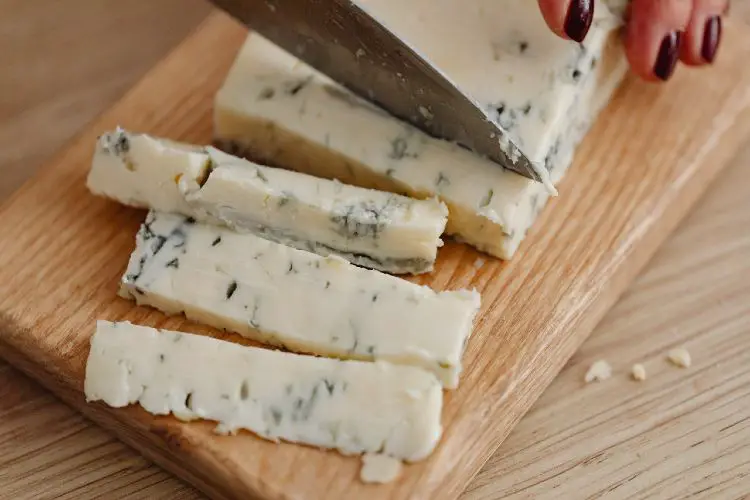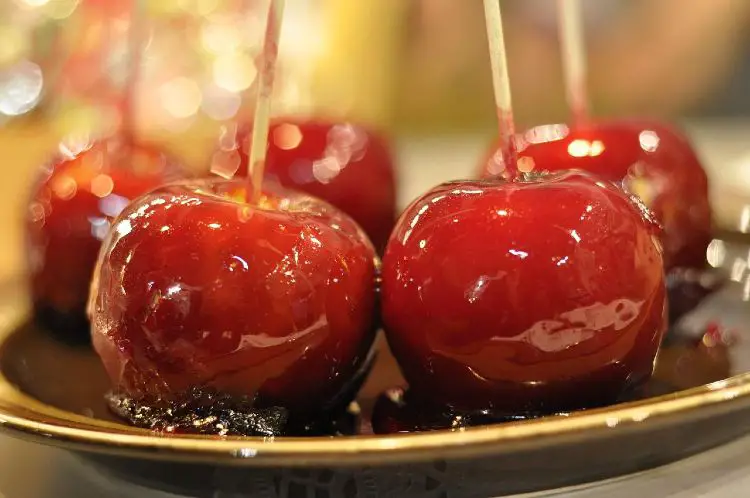Louise Taylor Ceramics
We first discovered Louisa Taylor’s beautiful ceramics at the Contemporary Ceramics Centre in Bloomsbury, London. Delicate, yet functional, hand turned bowls, teapots, cups and trays of pale, earthy, organic colours, made us want to reach into the demonstration shelves and touch them. We immediately wanted to share our findings with readers that love artisanal, unique vessels for their kitchen and dining room, convinced that others would share our enthusiasm.
Louisa studied 3D Design and Ceramics, at Bath Spa University, followed by a Masters in Ceramics and Glass at the Royal College of Art, London. She set up her ceramic business in October 2006 in a studio in Deptford, south-east London, where she produces her tableware range for shops, galleries and collectors in the UK and internationally. Alongside making her work, Louisa is a Lecturer on the BA(Hons)/Mdes 3D Design and Craft course at the University of Brighton and she is a professional member of the Crafts Potters Association and Contemporary Applied Arts, London. Louisa is also the author of “Ceramics: Tools and Techniques for the Contemporary Maker”, published by Jacqui Small Publishing.
She is artist in residence at the V and A Museum.
We sent Louisa a few questions to find out more about her work and this is what we found out.
Question: Louisa, in the very beginning, when you started making ceramics, where did you draw inspiration from your work?
Answer: The source of inspiration for my work stems from museum collections of eighteenth century porcelain wares. I am fascinated by the rituals of dining and the role of tableware in contemporary dining. I create objects for the table that aim not to prescribe specific functions but instead encourage sharing and relaxed eating; I like the suggestion of how eating meals together can build stronger bonds/relationships within the family unit.
Question: Which other potters do you admire and study the most?
Answer: I love the work of Australian potters such as Prue Venables and Gywn Hanssen Pigott.
Question: The colours in your work are very earthy, organic and natural. How important is colour to your work and when and how did you decide to use it?
Answer: Colour has always been essential to my work; I like the idea that my tableware enhances the presentation of the food rather than dominate it. The subtle, gentle tones derive from my research of hand painted details on dining vessels. I extract each colour and match it with glaze. This process evolves a lot of testing and experimenting, which is one of my favourite aspects of working with ceramics.
Question: How did you come to write your book and how important was being a published author to your commercial success as a ceramicist?
Answer: In early 2010 I was approached by Brighton-based publisher Rotovision and asked if I would like to write a ‘how-to-coffee table’ style book about ceramics. At first I was very apprehensive because I have never considered myself to be a writer and was unsure if I was capable. Then I thought to myself that I should rise to the challenge and give it a go. It was very hard work, many tight deadlines and a lot of organising but I am so pleased that I did it and it has given me a great sense of achievement. As for attributing to my commercial success, I think this will take time because I am still early career but I am hoping that being a published author will raise awareness of my practice and encourage more people to be interested in ceramics.
Question: Being a potter is quite a solitary experience. How do you cope with the loneliness and silence?
Answer: I think this is a common misconception of what it is like to work for yourself because I rarely encounter these feelings in my working life. In fact, it is quite the opposite for me because my studio is at Cockpit Arts in Deptford and it has a fabulous community of designer makers and artists and is a very supportive environment to work in. I am always popping into other artist’s studios for cups of tea and chats!
Question: Your cups, bowls, trays and spoons are very tactile. How important do you think tactility is in the relationship between the artisanal work and the buyer?
Answer: It is very important to me. Handmade objects are personal because they encapsulate the feel of the maker, for example, the way the knuckle creates ridges in the clay as it is thrown on the potter’s wheel. Each piece is individual and has an honestly to it which I don’t think manufactured objects necessarily have.
Question: Your objects are not cheap, but they are utilitarian, functional objects we see in everyday life. Do you feel that people should just use them as everyday objects and not just admire them behind the glass of a vetrine?
Answer: It really depends what your interpretation of function is. Some of my customers buy my work and will never intend to use it; their function is seen as being purely visual and ornamental. Whereas others will send me pictures of my tableware in use, and proudly show me the feast they cooked in one of my vessels. I cannot compete with manufactured, mass produced tableware on price, nor do I want to. I don’t think it is possible to compare the cost of a mass-manufactured object to a unique handmade piece. As a tableware maker, all I want for my work is to be enjoyed and I don’t mind if that comes from enhancing the pleasure of eating or simply as a decorative object.
Question: What does being the resident artist at the V and A Museum entail, and how did they ask you? Do you enjoy it, does it bring you interaction with other artists?
Answer: I was invited to be artist in residence at the V&A in March last year and I feel very privileged to be working in one of the best museums in the world. I just started my residency in January 2012 and I’m excited about the coming months ahead and the impact it will have on my practice. The residency entails working from the studio based in the ceramic galleries (on the 6th floor of the museum). Here I will use the collections of the museum to explore ideas and develop new forms. Part of my role is to deliver a public programme as well as regular open studio events, details of which can be found on the V&A website. There are many opportunities to collaborate with other artists. I started my residency at the same time as sound artist Jason Singh and calligrapher Cherrell Avery and we are already excited by the prospect of working together even though our practices are very different.
Further Information
Louisa Taylor: www.louisataylorceramics.com


